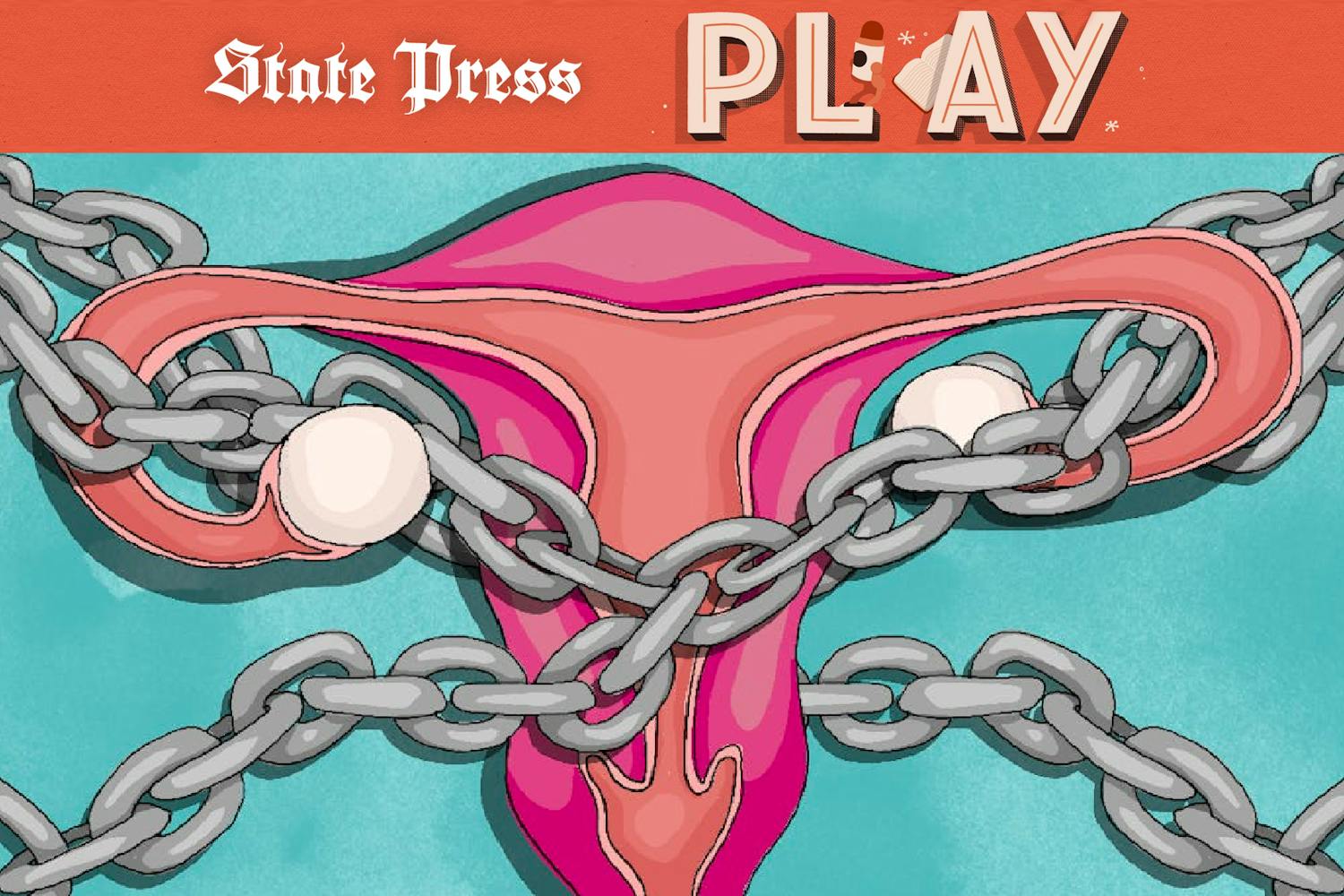With an extra day to change the world, how will you be a changemaker? That’s the innocent though banal question posed by the ASU Leap Day Challenge. The website gives two options: solve or invest. Click the solve button for a chance to win $2,900 by submitting an idea. Click the invest button to donate money to the ASU Foundation. The visual rhetoric couldn’t be clearer. Yes, the buttons tell us having ideas is important, but money dictates whether an idea can be done. Therefore--Invest.
The greed sickens me. According to the Foundation’s 2011 financial report, the ASU Foundation brought in $162 million in revenue in 2011. While the rest of the economy hit a massive recession, ASU has profited handsomely.
President Crow complains about state budget shortfalls for a reason: State support as a percentage of revenue has fallen from 33 percent in 2008 to 23 percent in 2011. However, that shortfall, and then some, has been made up by tuition. Tuition revenue has increased from $399 million in 2007 to $640 million in 2011. What’s peculiar, though, is that in 2007 ASU had a self- reported, full-time enrollment of 60,000 students, yet in 2011, according to the US News and World Report Statistics, ASU’s full-time enrollment dropped to 56,000 students.
The US News enrollment seems low, but it’s accurate. The confusion comes from how a student is measured. ASU considers a student to be full-time when they’re enrolled in twelve credit hours, and it only takes enrollment in 1 credit hour to be considered a student at all. University reported figures hide the increasing tuition revenue behind increasing student enrollment. The reality though, is that the almost 40 percent increase in tuition revenue is from charging students more.
But alas, tuition rates are a mere game. The real financial wizardry is in the Foundation’s dubious investment portfolio, with annual asset management fees of over $1.9 million. The ASU Endowment is $782 million, which is just about where it was before the 2008 crash. The value comes from a combination of investment funds, family endowments and property. The specific investment funds the Foundation holds, though, are left out of its annual statement.
And that’s a shame. I’d like to know whether friends of Morgan Olsen, ASU Chief Financial Officer, or of Michael Crow are benefitting from trade commissions. A $2 million annual investment fee, not including unreported fees for transactions and commissions, seems like a lot for a portfolio that hasn’t really done anything, when a simple stock such as McDonald’s is up almost 40 percent from pre-crash to now.
Is it a coincidence that student tuition and fees revenues have increased 40 percent in the same time span the ASU Foundation has spent at least $10 million in investment fees to return no gains, when simple stocks such as McDonald’s rose? It might be. But if I had one extra day and $2,900 dollars, I’d find out where that $10 million went, and I’d also find out who is making commissions off University investment funds. Exposing dubious investment practices always brings change, or so we can hope.
A previous version of this column incorrectly stated that the ASU Foundation brought in $1.7 billion in revenue in 2011, which is the revenue for the 2010-2011 University report and not the ASU Foundation. Foundation CEO R.F. Shangraw said the correct amount of revenue brought in by the Foundation in 2011 was $162 million.
Reach the columnist at whamilt@asu.edu
Click here to subscribe to the daily State Press newsletter.



